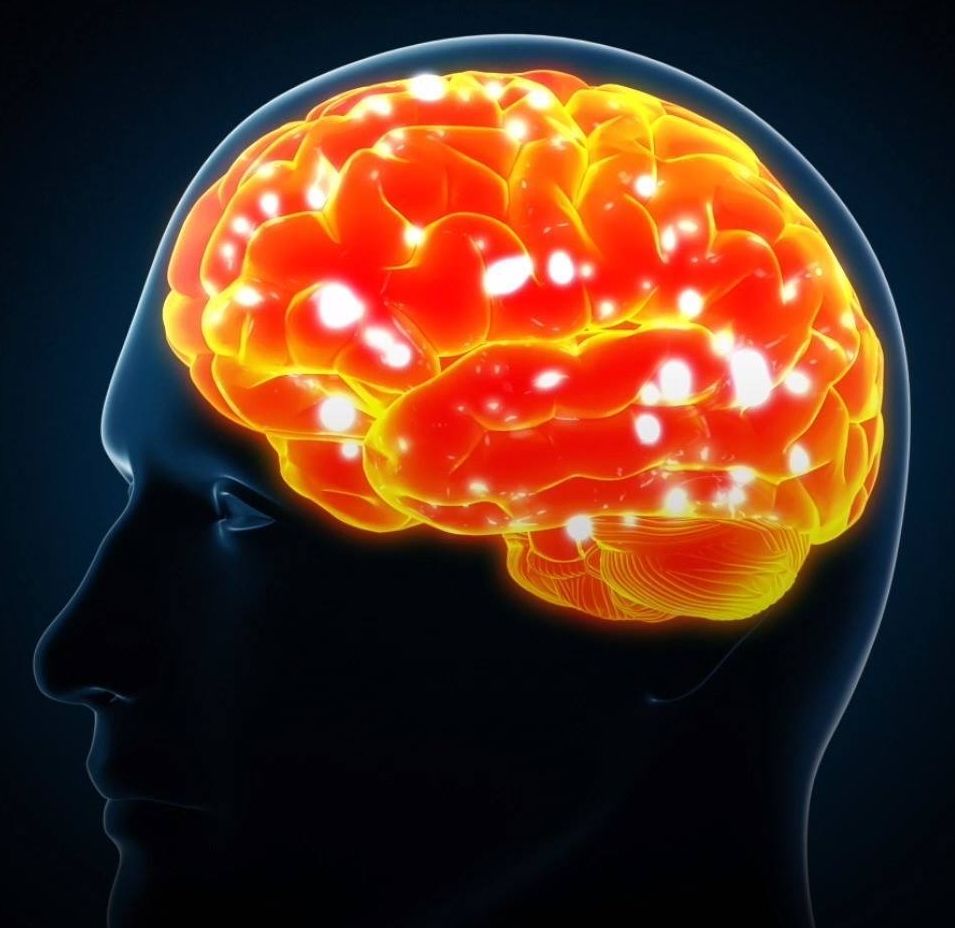
Category: neuroscience

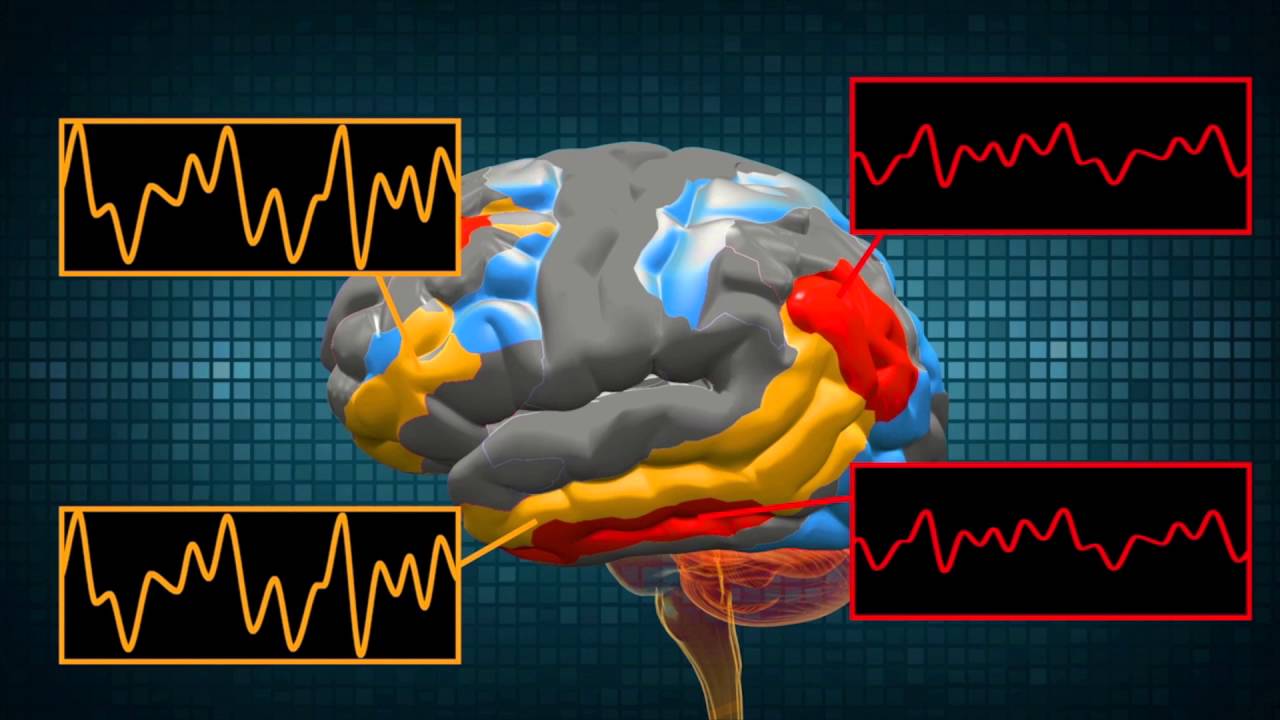
A Case for Neural Augmentation
Hopefully in the future, when somebody tells you they will be making an appointment with a surgeon for an augment, they will come back smarter. The world will be a better place for it.
Reprinted with permission from the author.
Eric C. Leuthardt, M.D., is a neurosurgeon who is currently a professor with the Department of Neurological Surgery and the Department of Biomedical Engineering at Washington University in St. Louis. He is Director of the Center for Innovation in Neuroscience and Technology and the Brain Laser Center. His work has yielded him numerous accolades as a scientist, a neurosurgeon, and an inventor. He was named one of the Top Young Innovators by MIT’s magazine Technology Review. The magazine names individuals under the age of 35 each year whose work in technology has global impact. In addition to numerous peer reviewed publications, Leuthardt has numerous patents on file with the U.S. Patent and Trademark Office for medical devices and brain computer interface technologies.
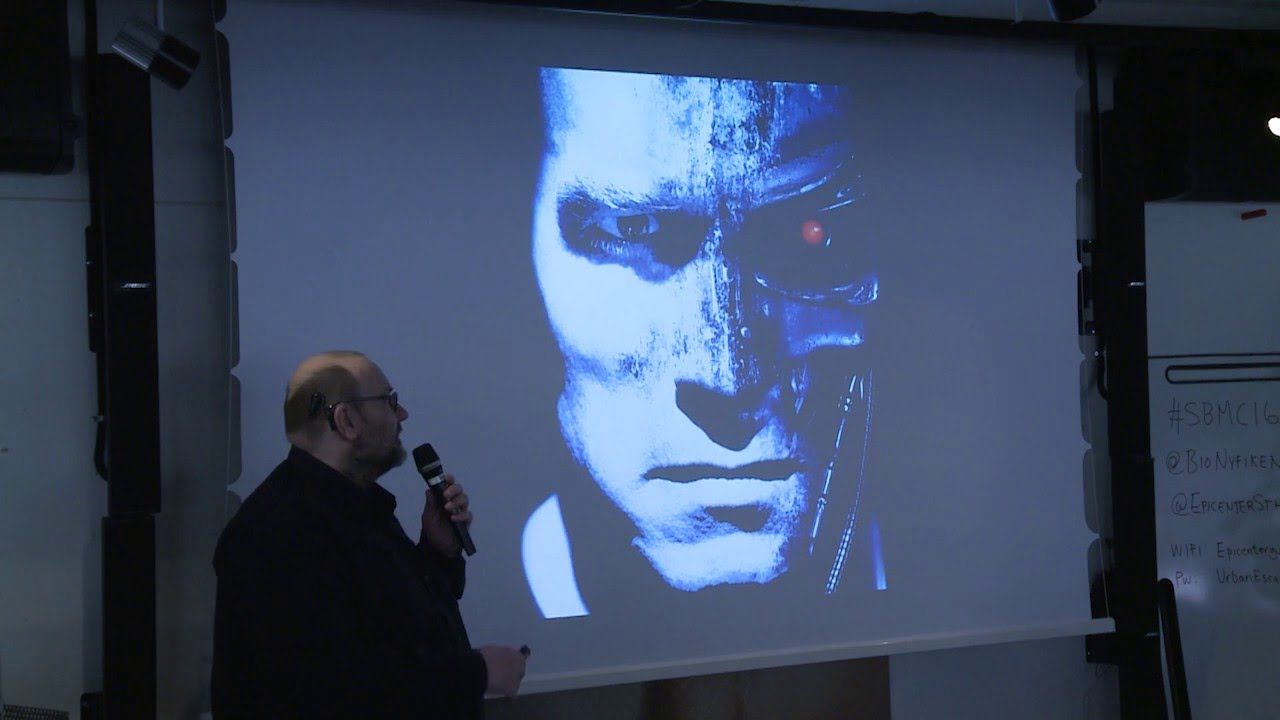
In a Future of Mind Uploading, Who Will Own the Data That is You?
The year is 2050 and researchers have developed an advanced method of replacing 99% of your brain’s functions for digital software/hardware. The process is slow to ensure individuals aren’t simply making copies of themselves. But in return, “digital immortality” has been achieved.
In a future of mind-uploaded “immortals,” will we achieve unlimited freedom or will we simply become slaves to a private entity which owns the data that makes up our own digital minds?

Study finds evidence that leopard geckos can make new brain cells
Published in Scientific Reports, this study is the first to provide evidence of new neuron formation—and the presence of stem cells—in the leopard gecko brain.
University of Guelph researchers have discovered the type of stem cell allowing geckos to create new brain cells, providing evidence that the lizards may also be able to regenerate parts of the brain after injury.
This finding could help in replacing human brain cells lost or damaged due to injury, aging or disease.
“The brain is a complex organ and there are so few good treatments for brain injury, so this is a very exciting area of research,” said Prof. Matthew Vickaryous in the Department of Biomedical Sciences at the Ontario Veterinary College (OVC).
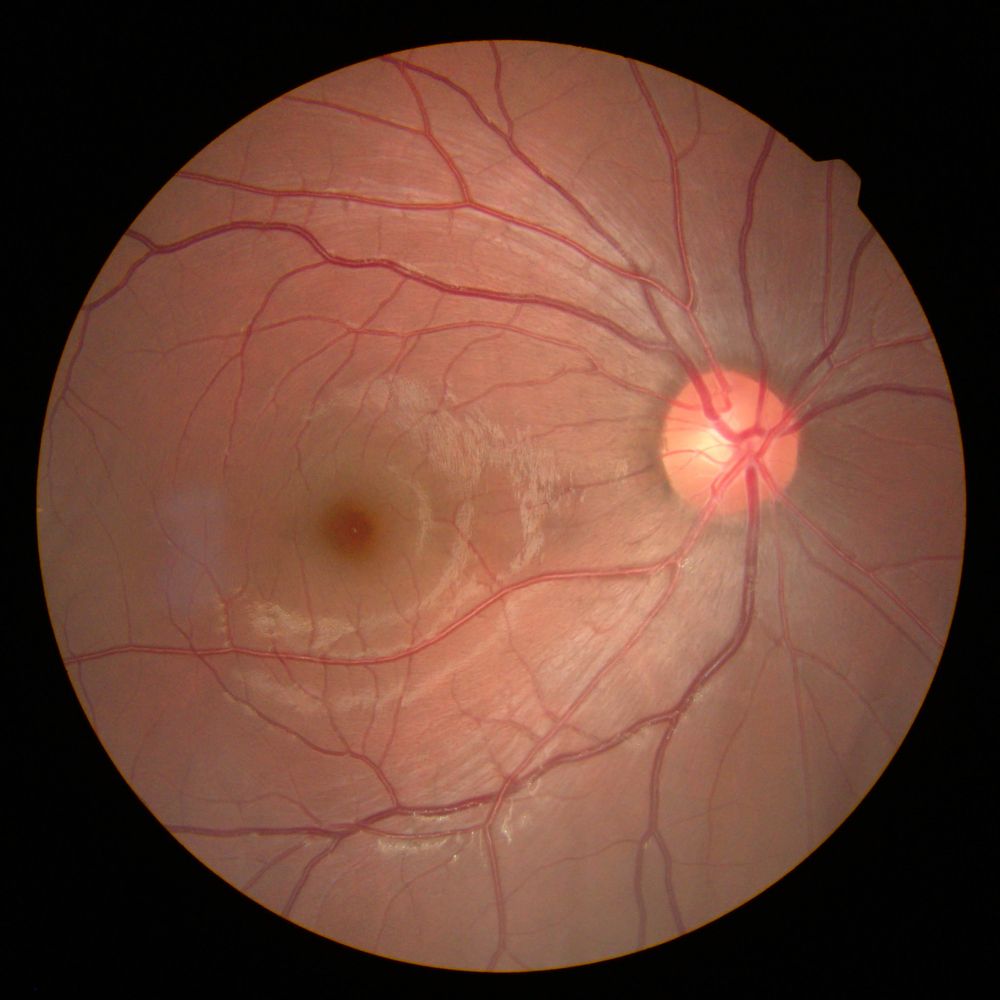
Wet AMD Drugs Might Soon Be Self-Administered
A new way of administering drugs for wet age-related macular degeneration might be close.
Two studies by researchers at the University of Birmingham have shown that delivering drugs against the wet form of age-related macular degeneration (AMD) in the form of eyedrops might soon be possible in humans [1, 2].
What is age-related macular degeneration?
AMD is a pathology of the retina, which is a light-sensitive tissue located in the back of the eye and is similar to the film in a non-digital camera. Two-dimensional images are created on the retina and are subsequently transferred to the brain in the form of electrical neural impulses. Near the center of the retina is the macula, an oval-shaped region responsible for central, high-resolution, color vision. In AMD, the macula is damaged, impairing or preventing this kind of vision. AMD is progressive, but it cannot lead to total blindness, as it doesn’t affect peripheral vision. It comes in two forms, wet and dry, with the latter being overwhelmingly more common and, unfortunately, presently incurable. As the name suggests, the highest risk factor for AMD is age; the disease is usually observed only in patients over 50.

Scientists Are Finally Figuring Out Why We Dream, And It’s Probably Exactly What You’d Think
Dreaming is one of the strangest things that happens to us, and for as long as we have been recording history, we have been puzzling over why our minds are so active while we sleep.
Finally, new research claims to have evidence as to what dreaming is all about — and it will probably surprise no one.
According to a team from The Swansea University Sleep Lab in the UK, dreaming really does help us process the memories and emotions we experience during our waking lives.
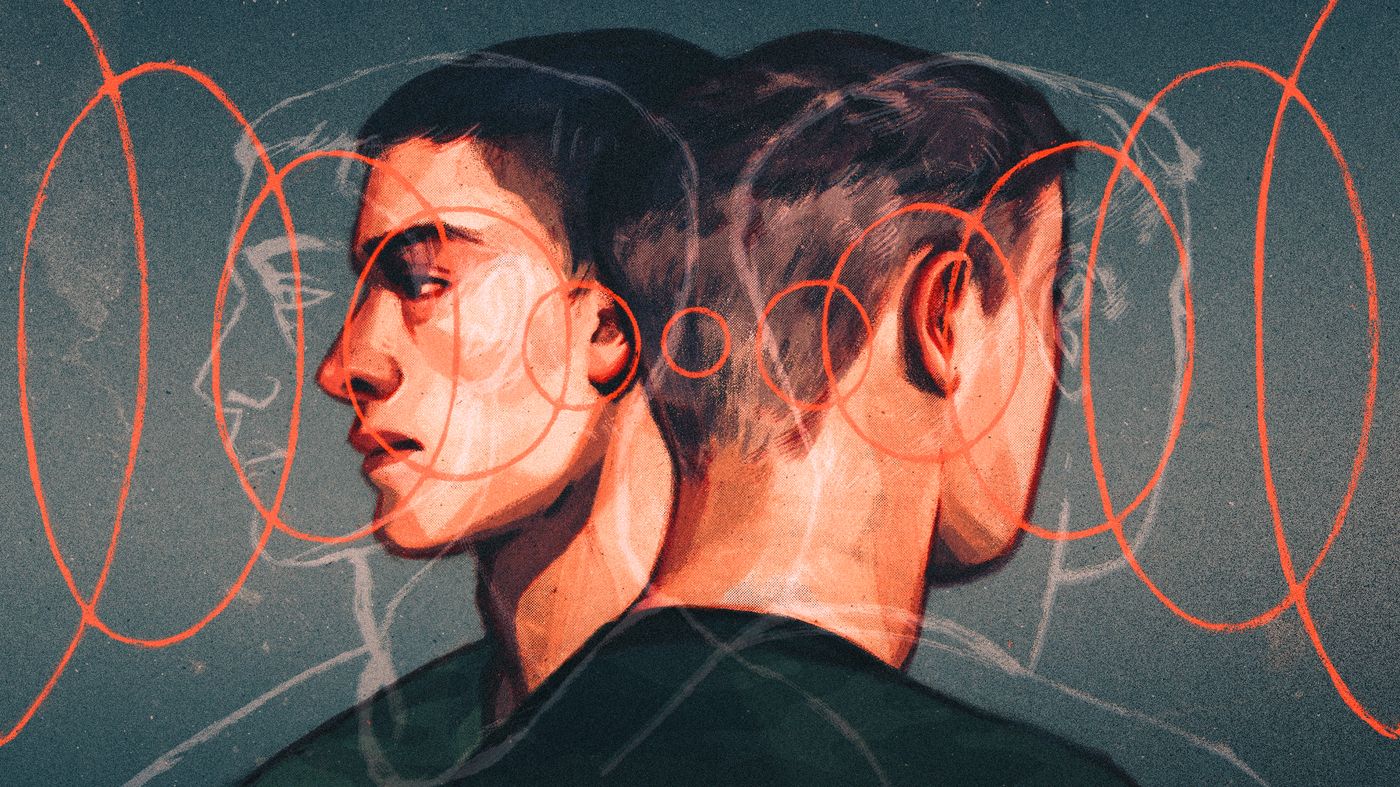
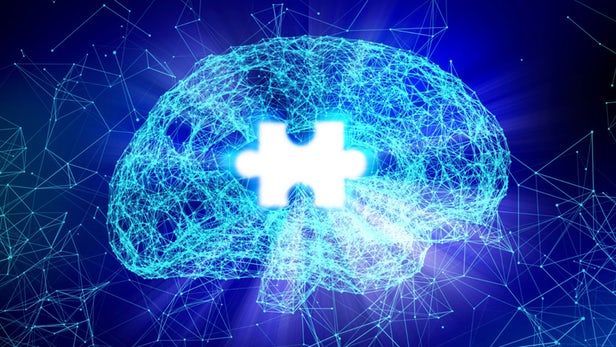
How giant neurons in the brain stimulate consciousness, awareness and cognition
A fascinating study from scientists at Rockefeller University has shed new light on a deep brain mechanism that can stimulate awareness and cognition. The research homes in on a collection of giant neurons in the brain that seem to be able to modulate stimulation of the entire central nervous system.
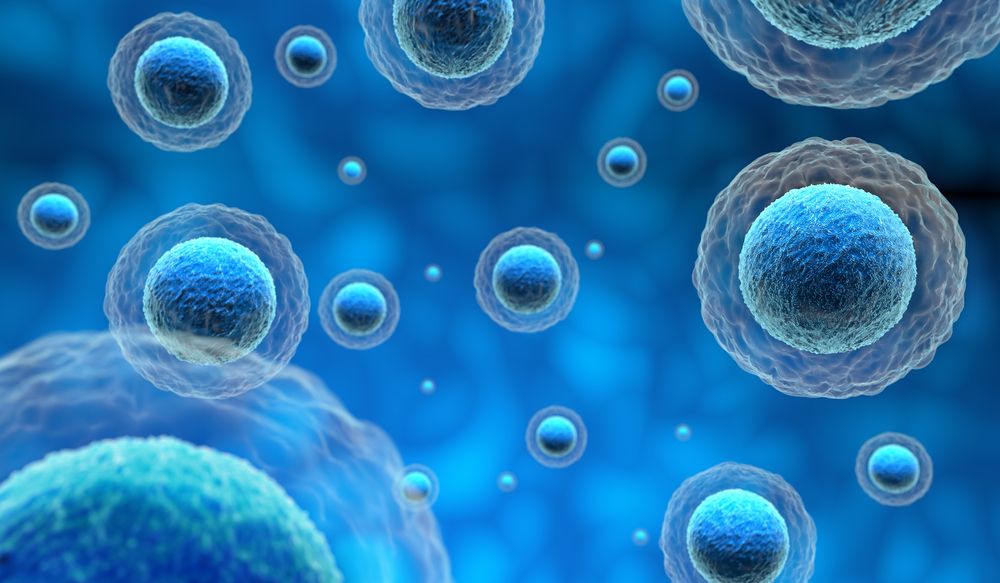
Mice Reprogram Gut Tissue to a Fetal State to Heal Injury
A new study shows that mice reprogram their gut tissues to repair injury rolling them from an aged state back to a more fetal-like one.
Getting old is one thing; getting old in a healthy way is another. Many elderly people suffer from all kinds of diseases and disorders, ranging from cardiovascular problems and diabetes to Alzheimer’s and Parkinson’s disease. Wouldn’t it be nice if we could keep the body young as we grow older to prevent disease associated with old age? For instance, would it be possible to slow down or reverse the aging processes in the cells of our body?
This question has gained a lot of interest from scientists, and their research has led to the discovery of the important role that the shortening of telomeres, the protective caps on our DNA, plays in aging. While this has been described in recent posts on the LEAF blog, I would like to address another mechanism that has seen an interesting leap forward, more or less by accident: rejuvenation of tissue.
Rejuvenation is a term that has recently been used in the context of senolytics. These are newly discovered compounds that decrease the number of senescent cells in the body. For the purpose of this article, I define rejuvenation as the resetting of a genetic program within a cell or tissue, from adult back to fetal. Typically, cells develop from stem cells, which are cells that can differentiate into many different cell types. During cell differentiation, certain genetic programs in the stem cell are turned off, while others are turned on to make the formation of a specific cell type possible. During rejuvenation, this process is reversed: differentiated cells are reset to an embryonic state.

Designer babies on horizon as ethics council gives green light to genetically edited embryos
Designer babies are on the horizon after an influential group of scientists concluded that it could be ‘morally permissible’ to genetically engineer human embryos.
In a new report which opens the door to a change in the law, the Nuffield Council on Bioethics, said that DNA editing could become an option for parents wanting to ‘influence the genetic characteristics of their child.’
Although it would be largely used to cure devastating genetic illnesses, or predispositions to cancers and dementia, the experts said they were not ruling out cosmetic uses such as making tweaks to increase height or changing eye or hair colour, if it would make a child more successful.